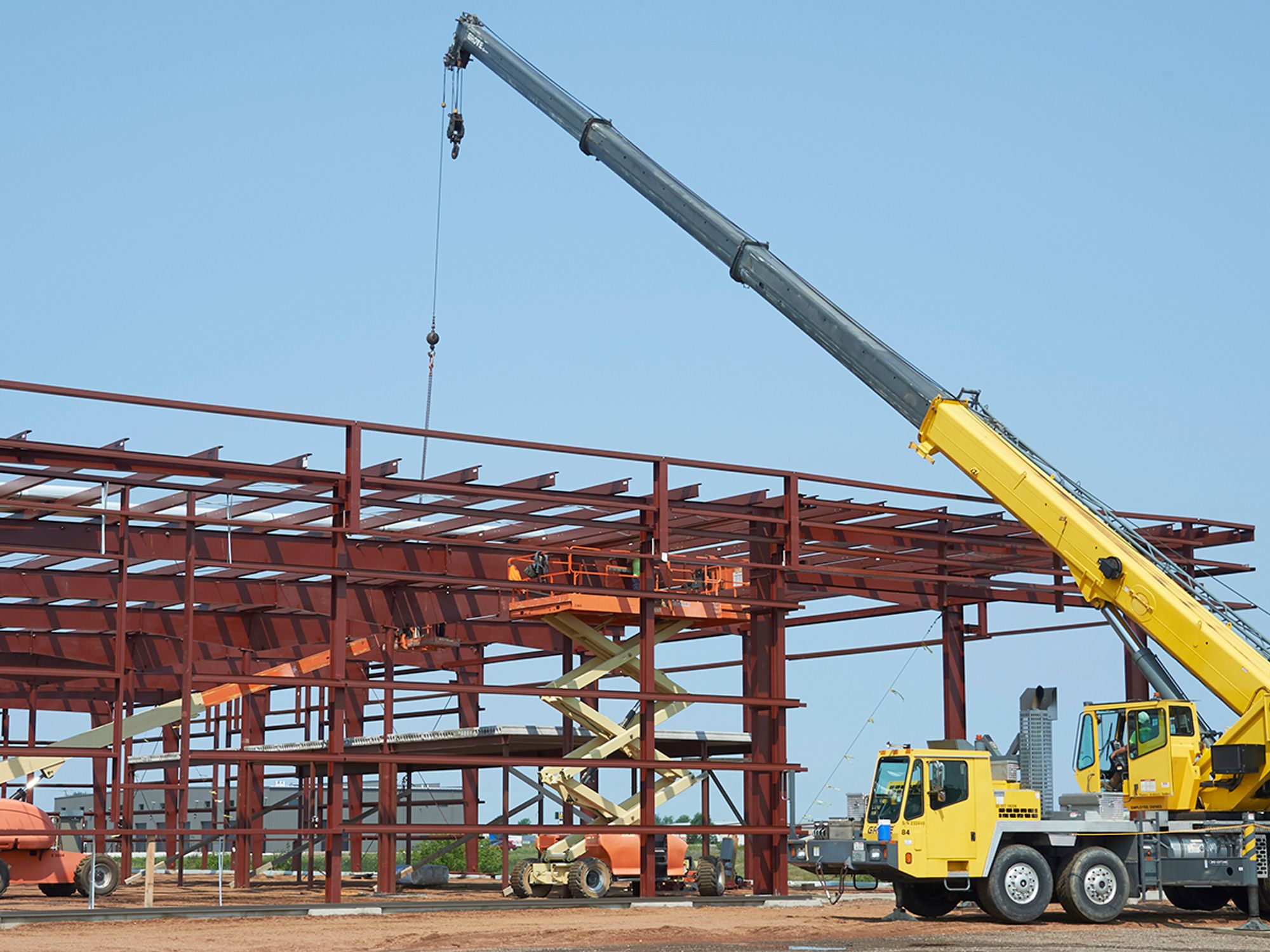InstituteSpecialized IndustriesSafety & HealthGeneral Industry SafetySpecialized IndustriesSteel ErectionEnglishAnalysisFocus AreaCompliance and Exceptions (Level 2)USA
Steel erection
['Specialized Industries']

- Steel erection work includes heavy-duty high-rise structures, metal buildings, and even signs. It is also used in bridges, office building, industrial structures, and more.
- Steel erection is one of the top 10 most hazardous occupations, according to the Bureau of Labor Statistics.
Steel erection is one of the top 10 most hazardous occupations year after year, according to fatality data from the Bureau of Labor Statistics. Steel erection work includes heavy-duty high-rise structures, metal buildings, and even signs. Steel erection often forms the skeletal core of bridges, office buildings, commercial, retail, and industrial structures.
The Occupational Safety and Health Administration (OSHA) regulates steel erection at Part 1926 Subpart R, 1926.750 through 1926.751, and Appendices A to H.
In general, the standard requires employers to:
- Receive from the controlling contractor:
- Written notification that the concrete has field-cured as required and anchor-bolt repairs were done properly.
- Verification that adequate access roads have been constructed on the jobsite.
- Verification that there is enough storage space for materials and safe operation of equipment.
- Pre-plan all overhead hoisting operations.
- If needed, have a qualified person develop a site-specific erection plan.
- Perform a pre-shift visual inspection of cranes to be used.
- Plan routes for suspended loads to ensure no employee is required to work below the load, except in very specific instances.
- Plan for multiple-lift rigging.
- Maintain structural steel stability at all times during the erection process.
- Cover roof and floor openings.
- Anchor all columns with a minimum of four anchor rods.
- Evaluate (by a competent person) all columns to determine if they need guying or bracing.
- Secure solid web structural members with at least two bolts per connection before releasing the load from the hoisting line.
- Provide needed fall protection and require employees to use it.
- Provide training as required.
